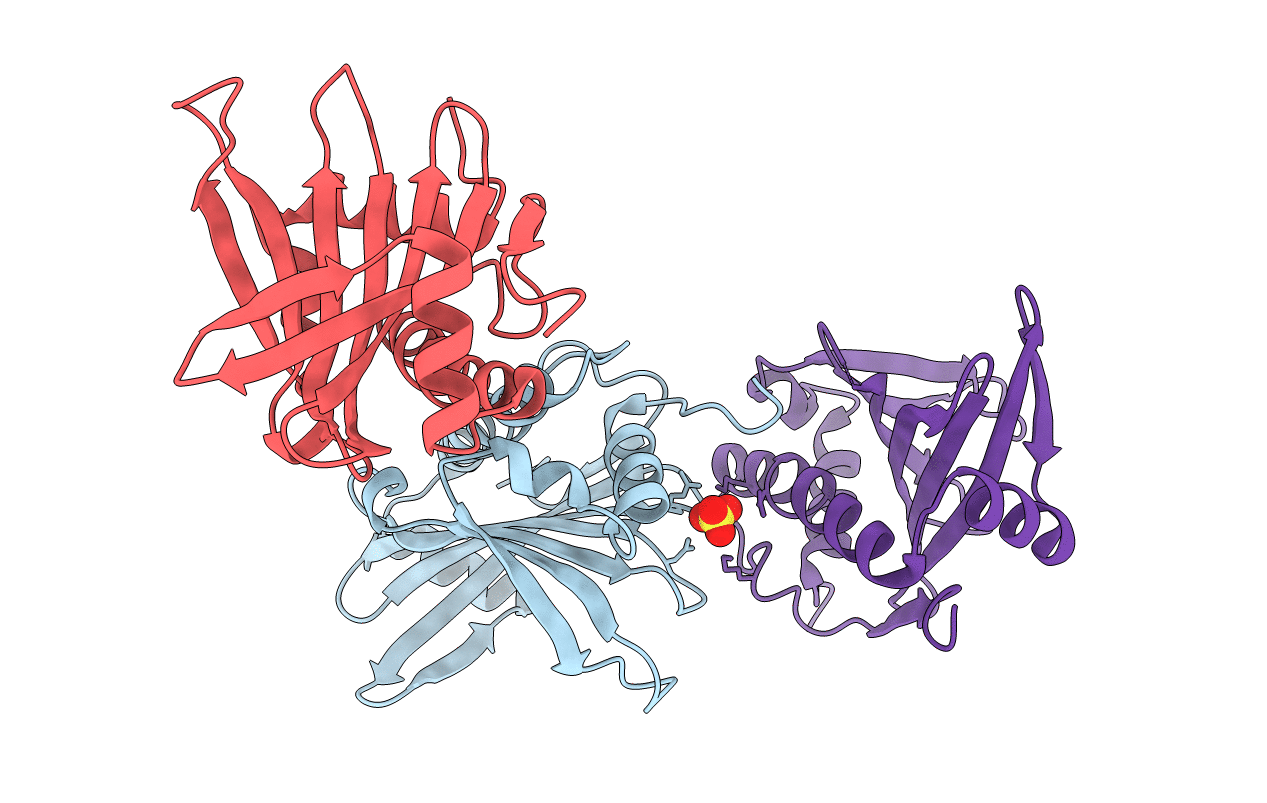
Deposition Date
2018-05-21
Release Date
2018-09-19
Last Version Date
2024-10-30
Entry Detail
Biological Source:
Source Organism:
Streptococcus intermedius B196 (Taxon ID: 862967)
Host Organism:
Method Details:
Experimental Method:
Resolution:
1.75 Å
R-Value Free:
0.19
R-Value Work:
0.16
R-Value Observed:
0.17
Space Group:
C 1 2 1


